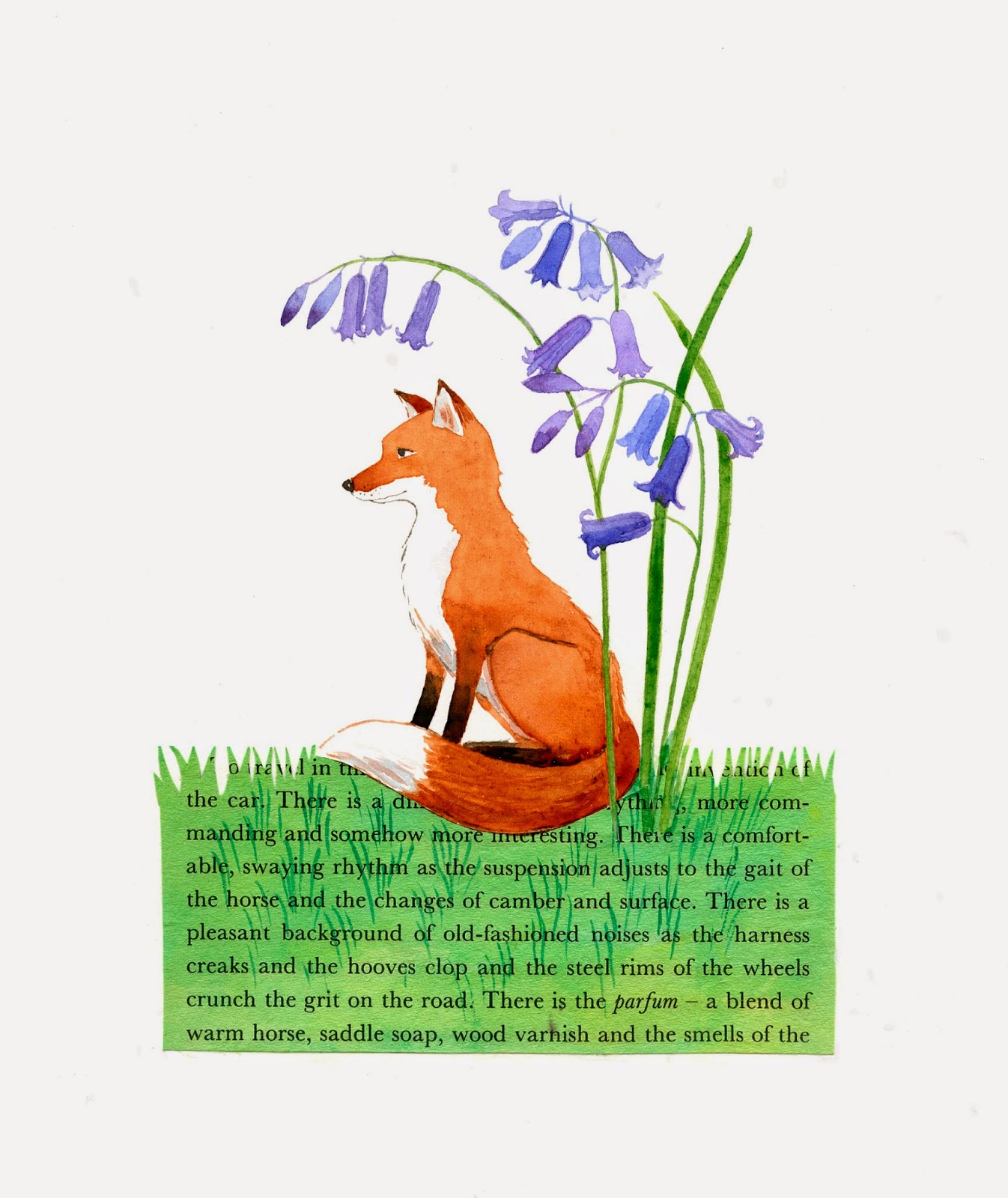I enjoy looking at surface pattern designs, but have very little understanding of how to create them. I took a little step forward in my learning with this image. First I sketched a bunch of things from my kitchen. Here's one page from my sketch book.
Then I scanned them into the computer, played around with the relative sizes, placed them together on one page, and printed it out.
More work with tracing paper, moving things around, adding a few more objects, and then I inked the final piece.
Here's where the computer fun started. I scanned it back into Photoshop and tried out a few things I'd learned by searching online. First here's what happens when you go to Image, then Adjustments, then Invert.
But I wanted a white line and colored background. That involved going to Select, using the eyedropper to pick up the white, then to Layer, New, and Layer via Cut, which puts the line work on a layer of its own. You can then color another new layer and change the order of the layers so the white line is on top.
And here's a bonus one where I somehow managed to color the lines rather than the background. Still learning!

















































